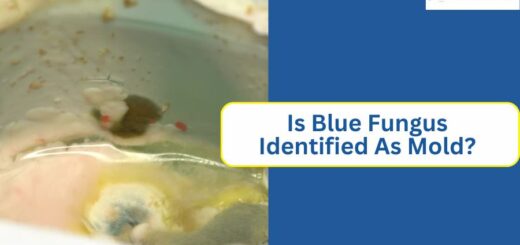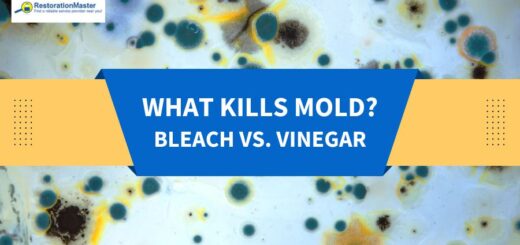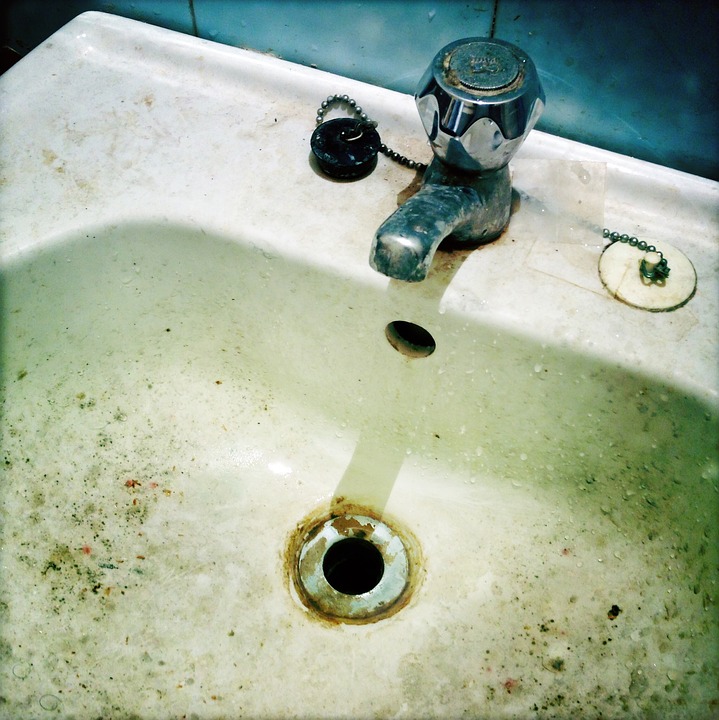Top Causes of Mold in the Attic
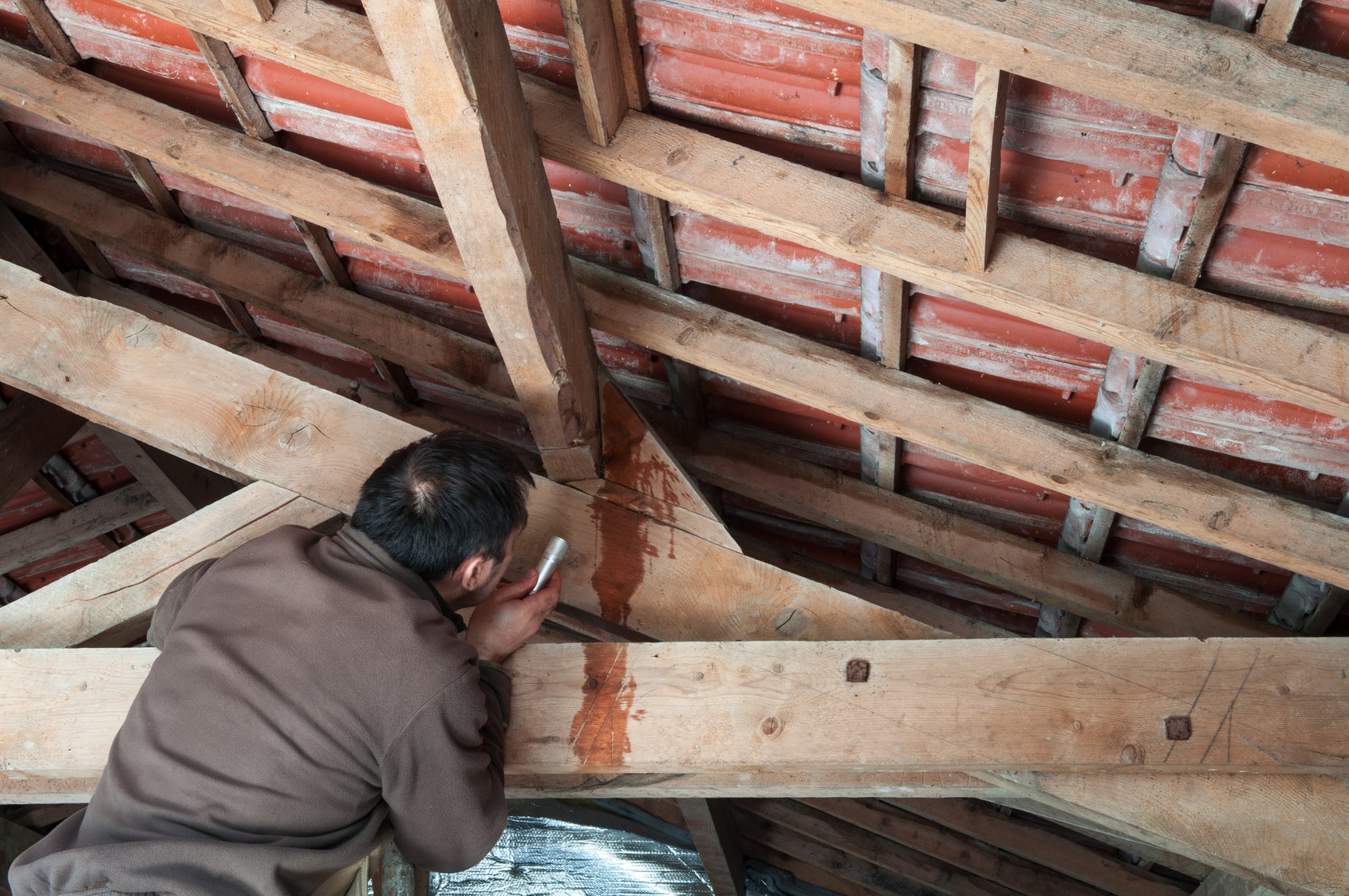 Due to their dark, musty features, attics are a prime breeding ground for moldMold is a type of fungus that grows in damp or humid conditi... More. Many homeowners also don’t notice it growing since they don’t frequently go into the attic. This allows it to sit for months, and in some cases, years!
Due to their dark, musty features, attics are a prime breeding ground for moldMold is a type of fungus that grows in damp or humid conditi... More. Many homeowners also don’t notice it growing since they don’t frequently go into the attic. This allows it to sit for months, and in some cases, years!
One of the most common situations that attic moldMold is a type of fungus that grows in damp or humid conditi... More is discovered is when the house is being sold. The home inspector will find the moldMold is a type of fungus that grows in damp or humid conditi... More just before the closing date, which causes a major issue for both the seller and buyer.
How to Identify Attic MoldMold is a type of fungus that grows in damp or humid conditi... More
The good news is that there are ways to prevent attic moldMold is a type of fungus that grows in damp or humid conditi... More, such as keeping the moisture to a minimum. This includes cleaning your gutters, conducting frequent roof inspections, and improving the air circulation within your home.
Check for the following signs for attic moldMold is a type of fungus that grows in damp or humid conditi... More:
- Water dripping from smoke detectors, bath fans, and light fixtures. There is sure to be moldMold is a type of fungus that grows in damp or humid conditi... More growing in the attic or ceiling if you have this issue.
- The smell of mildewMildew is a type of fungus that grows on damp surfaces, typi... More in the attic. Follow your nose. Where it is musty, it’s probably moldy.
- Wet attic insulationInsulation is a material used in buildings to reduce the tra... More. This is not only a primary sign of a moldMold is a type of fungus that grows in damp or humid conditi... More problem, but your home may be losing lots of hot air due to the insulationInsulation is a material used in buildings to reduce the tra... More being wet. This can result in higher electric, gas, or heating bills.
- Frost buildup underneath the roof. During cold temperatures, the water vaporVapor is the gaseous form of a substance that is typically l... More in the attic will freeze when it’s not circulated out of the home, creating a prime spot for moldMold is a type of fungus that grows in damp or humid conditi... More.
- Attic feels very stuffy or hot. When properly ventilated, the attic will feel breezy. But there is a ventilationVentilation is the process of exchanging or circulating air ... More issue when its stuffy, often resulting in moldMold is a type of fungus that grows in damp or humid conditi... More issues.
- Dark stains on wood building materials. One of the most obvious signs of moldMold is a type of fungus that grows in damp or humid conditi... More is black discoloration, or spots in the wood materials. This should be removed by a professional.
Top Causes of Attic MoldMold is a type of fungus that grows in damp or humid conditi... More
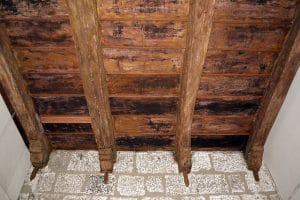 The biggest cause of moldMold is a type of fungus that grows in damp or humid conditi... More is moisture; therefore, anywhere there is moldMold is a type of fungus that grows in damp or humid conditi... More, you will have a moisture issue.
The biggest cause of moldMold is a type of fungus that grows in damp or humid conditi... More is moisture; therefore, anywhere there is moldMold is a type of fungus that grows in damp or humid conditi... More, you will have a moisture issue.
The most common moisture issues in the attic that leadLead is a heavy metal that can be toxic to humans, especiall... More to moldMold is a type of fungus that grows in damp or humid conditi... More include the following:
- Poor ventilationVentilation is the process of exchanging or circulating air ... More
- Broken bathroom fans and dryer vents
- Roof leaks
Check out the following for additional details on the top causes of attic moldMold is a type of fungus that grows in damp or humid conditi... More.
1. Poor ventilation
The biggest cause of attic moldMold is a type of fungus that grows in damp or humid conditi... More from moisture is poor ventilationVentilation is the process of exchanging or circulating air ... More within the attic. They usually have a passive system in which the air from outside enters through the soffit vents at the bottom, warms within the attic space, and escapes through the ridge or vents at the top of the home. In a normal setting, there is a breezy air flow throughout a ventilated attic.
But when the soffit vents are blocked by insulationInsulation is a material used in buildings to reduce the tra... More, the entire cycle is put to a halt, trapping warm, humid air within the attic, condensing along the wood building materials, creating wet wood and promoting moldMold is a type of fungus that grows in damp or humid conditi... More growth.
MoldMold is a type of fungus that grows in damp or humid conditi... More growth will also occur if there are few vents installed. Your building code will tell you what is needed but there should generally be 1 square foot of venting for every 100 square feet of attic space.
2. Broken bathroom fans and dryer vents
In addition to dryingDrying is the process of removing moisture from materials, s... More your clothes and airing out the bathroom, dryer vents and bathroom fans are designed to push the moisture out of your home. The best way to ensure that the moisture is pushed out of the home is to make sure it doesn’t get caught in the attic. Also check the plumbing stacks for buildups of condensation as they can also be the source of moldMold is a type of fungus that grows in damp or humid conditi... More. Just be careful, the plumbing stacks may also release toxic gases which can be dangerous when trapped within the attic.
3. Roof leaks
While roof leaks will often leadLead is a heavy metal that can be toxic to humans, especiall... More to small areas of moldMold is a type of fungus that grows in damp or humid conditi... More growth, the moldy area below the roof is often in a different location than the leak. This is because when the water penetrates the roof, it runs down the shingles and penetrates the materials located further down the attic.
Here are some ways to inspect for roof leaks:
- Check roof valleys – the space where two roofs join at an angle – which are very common areas where water damage occurs.
- Inspect all vents, plumbing stacks, attic windows, chimneys, and areas of the roof where different materials are connected, such as flashings. These are common hiding areas that accumulate moisture.
- Check for dark stains of wood, such as on the sheathing, joists, attic side of fascia boards, and rafters within the attic.
Removing Attic MoldMold is a type of fungus that grows in damp or humid conditi... More
The first step to removing any type of attic moldMold is a type of fungus that grows in damp or humid conditi... More is to identify it. The next step is to fix the moisture issue to prevent moldMold is a type of fungus that grows in damp or humid conditi... More from returning in the future. While this will slow down the growth process, the remaining moldMold is a type of fungus that grows in damp or humid conditi... More will not evaporate or dry out on its own; it must be removed professionally.
Many homeowners take on the dangerous task of DIY moldMold is a type of fungus that grows in damp or humid conditi... More removal. But the attic is one of the most dangerous areas to do this due to the amount of insulationInsulation is a material used in buildings to reduce the tra... More, hidden moldMold is a type of fungus that grows in damp or humid conditi... More, hazardous gases, and even the possibility of falling through the ceiling.
Simply breathing in the moldMold is a type of fungus that grows in damp or humid conditi... More sporesSpores are microscopic reproductive units of fungi or mold t... More can trigger a number of negative health effects, including:
- Itchy and watery eyes
- Coughing
- Sneezing
- Headaches
- Itchy throat
- Itchy skin
To make matters worse, home remedies are often not strong enough to remove all moldMold is a type of fungus that grows in damp or humid conditi... More sporesSpores are microscopic reproductive units of fungi or mold t... More. Many homeowners use these products, thinking they removed the moldMold is a type of fungus that grows in damp or humid conditi... More source, but some sporesSpores are microscopic reproductive units of fungi or mold t... More were left behind, allowing it to grow back again.
To put it bluntly, DIY moldMold is a type of fungus that grows in damp or humid conditi... More removal is simply not a good idea.
Professional MoldMold is a type of fungus that grows in damp or humid conditi... More Removal in South Bend IN and Surrounding Areas
Professional mold removal can range anywhere from $300 to $6,000 and sometimes even more, depending on the location and how far its spread. The only way to get an exact estimate is to have a professional inspect the area.
Many mold remediationMold remediation is the process of identifying, removing, an... More contractors are available in the area and are happy to provide a free estimate, provided that you choose to proceed with the service. But what makes these costs so high is the intensive labor involved.
In order to fully remove moldMold is a type of fungus that grows in damp or humid conditi... More at the source, a containment chamber must be set up to prevent it from spreading further, followed by treating all surrounding building materials and contents with professional moldMold is a type of fungus that grows in damp or humid conditi... More removal products. Building materials may also need to be removed and replaced due to permanent damage.
Depending on the source of the problem, insurance companies may or may not cover the cost. Your insurance agent will inspect the area before the moldMold is a type of fungus that grows in damp or humid conditi... More is removed to determine whether or not the problem will be covered.
But in either situation, professional moldMold is a type of fungus that grows in damp or humid conditi... More removal is always recommended to guarantee that the fungus is fully removed, your family is safe, and your moisture problem is fixed.
For professional mold remediationMold remediation is the process of identifying, removing, an... More and water damage restoration services in South Bend IN, call RestorationMaster at (888) 782-0519.










